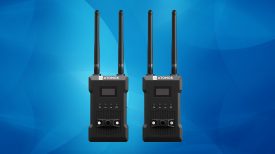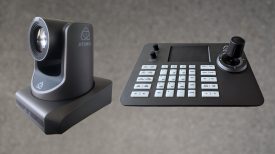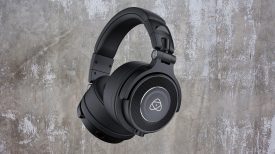By site editor Dan Chung:
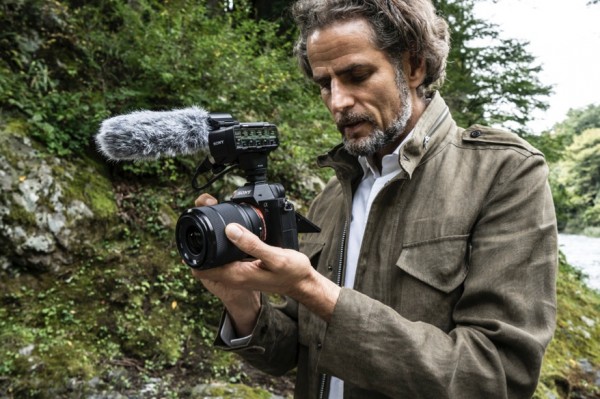
Last week I spoke with Sony Europe at length about the new a7 II. Most people know the base video specifications of the camera but if you want a recap you can check out my previous post.
The original a7 line was already well equipped for video with the inclusion of features like peaking, zebras and magnification to check focus. My first question was about where the a7 II fits into the Alpha series lineup in video terms. Clearly it doesn’t have 4K or the ultimate low light performance of the a7S, but Sony say there have been a number of improvements over the original a7 that should make video shooting easier.
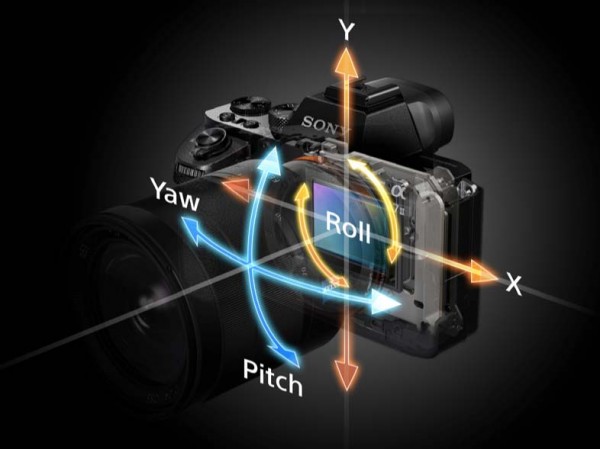
The key difference is the addition of sensor stabilisation in the camera body. This works both in still and in video mode. When using Sony’s own image stabilised FE and E-mount lenses the lens handles yaw and pitch stabilisation, while the camera handles X, Y and roll axis stabilisation (except in the case of the E PZ 16-50mm F3.5-5.6 OSS, E 18-55mm F3.5-5.6 OSS, E 18-200mm F3.5-6.3 OSS LE, E 55-210mm F4.5-6.3 OSS which use solely in-camera stabilisation).
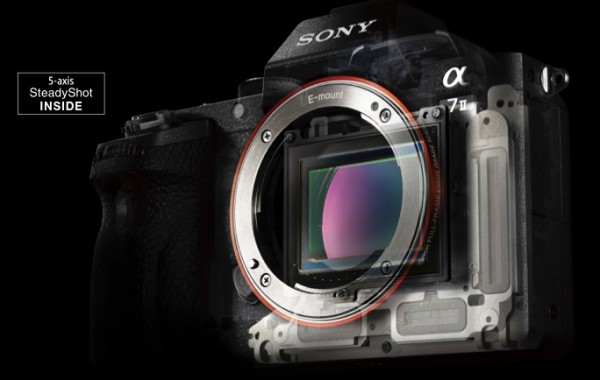
The a7 II also offers five-axis stabilisation by the sensor when using almost all Sony lenses without built-in stabilisation. There are four exceptions – the A-mount 16mm f2.8 fisheye, 20mm f2.8, 28mm f2.8 and 500mm f8 AF mirror lens when used with a Sony A-mount to E-mount adapter only offer three axis stabilisation.
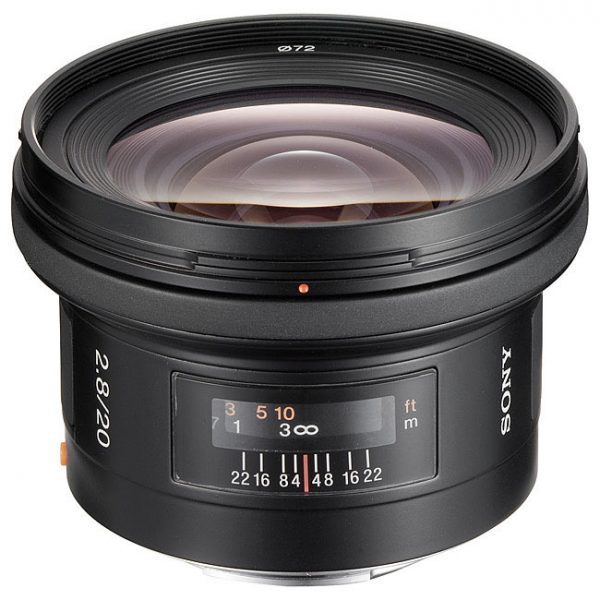
With third party lenses without electronic communication on the a7 II you can program the focal length into the menu for optimal operation. I was told you set the focal length closest to the one you are using – although I don’t know what you are supposed to do when using a manual zoom that doesn’t communicate with the camera.
Changing of the programmed focal length can be assigned to a custom button to make changes quicker. Sony say the stabilisation system will likely perform well with third party lenses, but there are no guarantees. Given that four of Sony’s own lenses don’t allow full five-axis stabilisation it would be unwise to suggest all other third party lenses will work in the way you expect. They were keen to point out that the roll axis stabilisation is likely to aid video shooters the most. When running-and-gunning this is often the hardest motion to stabilise.
Andrew Reid of EOSHD.com has had an opportunity to shoot with the a7 II and a Zeiss 55mm f1.8 FE lens. He was unimpressed with the 5-axis stabilisation in this combination calling it “somewhat underwhelming”. He talks about how it has a “lack of damping on very high frequency jitter”. You can read his full impressions and see video from the camera here.
I wonder if perhaps we are expecting too much from the in-body system given the sensor’s size? I wasn’t expecting Steadicam levels of smoothness when in motion, but would also be curious to see if matters improved when using a Sony lens with built-in stabilisation for the yaw and pitch axes. Even if the system does not perform quite as well as we might hope for I’m pretty sure I would still make use of it if I had it at my disposal.
One added bonus of the sensor shift system is that is also improves the sensor cleaning as the camera is now able to physically shake dust off the sensor.
I was told the a7 II uses the same sensor as the original a7, but has some improvements in the way it processes that data which may improve image quality. However, early tests by EOSHD.com seem to suggest aliasing and moire are still there and the image quality does not rival the a7S especially on wide angle scenes with high levels of detail.
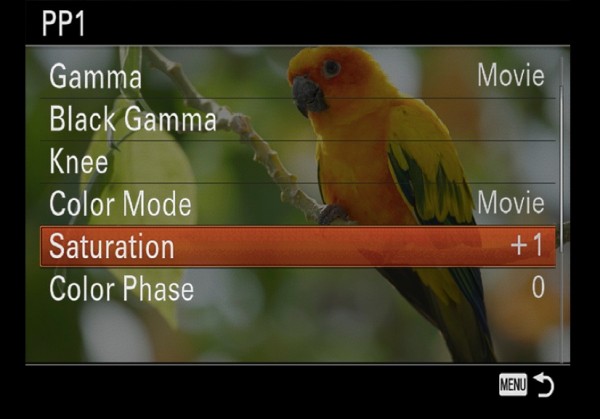
The addition of the XAVC-S codec, 4:2:2 clean 8-bit HDMI output, S-log 2 profiles and gammas from the a7S should in theory improve the detail and dynamic range of the video images. Interestingly the lowest ISO setting for S-log 2 in video mode seems to be ISO 1600 as opposed to 3200 on the a7S.
The body has seen a number of improvements while maintaing the basic design of the original. It is sealed against dust and moisture (although it doesn’t have an official water resistance rating). There is more magnesium alloy used on the camera. The front plate is now metal and the lens mount is strengthened too (the a7S also had this). The finish is now more matte than the original and the handgrip has been enlarged for a better hold.
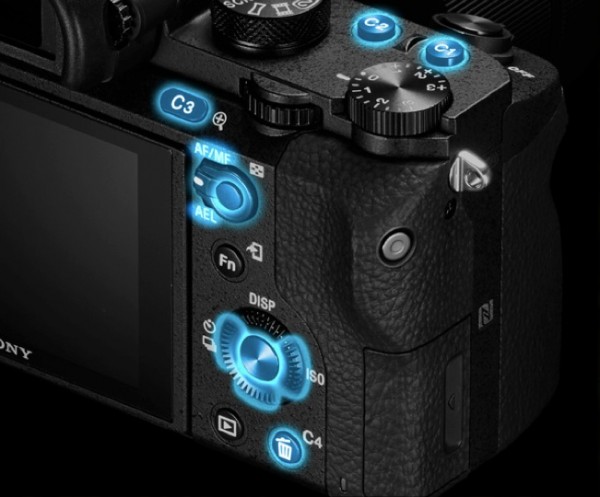
A second programmable custom button is now on the top plate which should be extremely useful to video shooters. Sadly it looks like the video trigger is still via the button recessed into the rear grip – please Sony give us the ability to program this to the main shutter button, or at the very least an assignable custom button.
The EVF remains the same high quality as before but the rear screen is improved with a “WhiteMagic” RGBW LCD for brighter viewing. There is also a new optional battery grip which works on the a7 II and provides extra power and vertical shooting buttons. The grip for older a7 cameras does not fit sadly.
The a7 II should be a great option for multimedia shooters who don’t need the 4K video and super low light capabilities of the a7s. Videographers who want a higher spec camera are still better served by the a7S. We can only hope Sony bring the a7II technology to an a7S replacement sometime in the new year.
Price in Europe is expected to be 1800 Euros body only, or 2100 with 28-70 f/3.5-5.6 OSS kit zoom.



